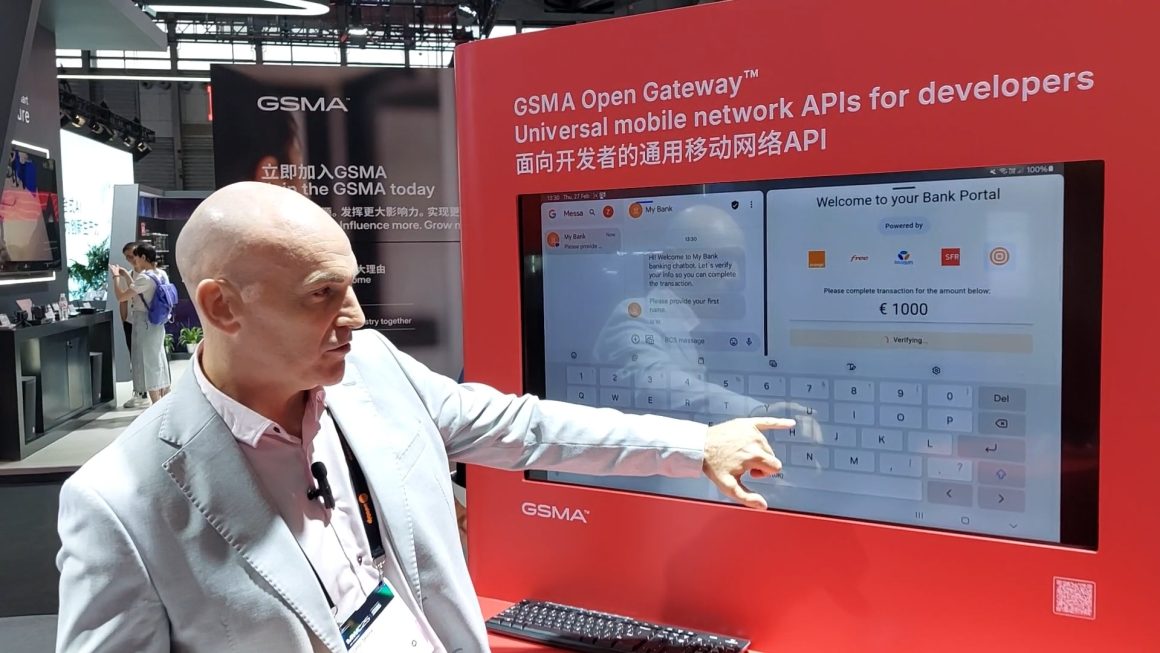Plug-and-play solutions have been the goal of many companies that design end-user products. Why not apply the same principle to telecoms?
This is where Infobip, one of the largest Communication Platform as a Service (CPaaS) providers, is now turning its attention to. More specifically, to APIs.
In this catch-up with Conor Devine, Global Director of Business Development at Infobip, TelcoForge discussed the company’s collaborative efforts with GSMA and its Open Gateway project, and the possibilities this new approach presents to telecoms and users.
TelcoForge: Infobip has been working closely with GSMA on APIs. Can you expand on what it means for the telco ecosystem?
Conor Devine: In each different country, you have different standards. It’s a great initiative that the GSMA has to align all these mobile operators with the APIs and facilitate the collaboration. You have the likes of Aduna, who are also enabling a lot of the CPaaS providers to plug in and also access the large groups at one point.
It’s worth mentioning, of course, the GSMA Fusion, which is a framework bringing together the actual partners so that different companies have a part to play in bringing APIs to the end consumer.
And for the subscriber’s perspective? Can you elaborate on some upsides for the end-user?
As a subscriber, you shouldn’t see all this detail because there’s too much from actual hardware being deployed in the operator to the enterprise connection through someone like Infobip, who will actually bring it to you and make it more tangible as a product.
So through the standardisation of APIs, you will have a very clear product to provide to an enterprise or the subscriber, which will enable them to save time. And that’s because, with APIs, you’re providing security, yes, but also reducing the authentication time.
When we see the SMS versus number verification ratio, there’s about a 12-second difference in the conversion of that. So that’s 12 seconds back to the subscribers.
It may seem trivial, but if you put together all the authentications you do, it takes a lot of time. Time is money, and this is putting it right back in the enterprises’ and subscribers’ pockets.
Do you think these types of solutions are suited to operations such as online payments?
Absolutely. That’s where all the targeted fraud is. The first thing is to eliminate the risk and to regulate the data. And secondly, it is to actually provide a better customer experience, in which I don’t need to know all the different companies that are in the environment for APIs to occur. However, I should be benefiting from it.
In my view, mobile operators should be seeking multiple authentications if it’s a very large transaction, for example, something like two or three authentications within APIs.
And if it even merits it further, then they should transact another API via SMS, voice, RCS, Viber, whatever you want. You can plug it in and make that a more secure transaction, depending on the value of it.
Where are you currently seeing the most adoption?
We’ve discussed and shown quite a few of our case studies in Brazil, in the banking sector, with all the operators there, and we’re very proud of that.
It’s been commercialised and the demand is increasing. We know that APIs beyond the GSMA are also popular, but now the challenge is to really grow that further and maintain that channel. So that’s why we are behind the federated APIs through CAMARA, the Open Gateway Project.
In Asia, we’ve got a lot of buy-in from the operators signing up to these open APIs. Now it’s more about educating the enterprise. That means going to the financial regulator, getting the banks involved, and showing the value that they can have.
Where do you see the API adoption and use cases going in the next 12 months?
We have 42 APIs, I believe, through the Camera GSMA. And there are more beyond that as well. But not all of them are particular to the main drive for this, which is security in regulation.
We would see the next thing will be based on the next fraud. What’s going to happen next? We know why SIM swap is used. We know why device location is used. We’re aware of the use case for that.
But there’s fraud happening today that we’re not aware of. And that’s going to drive and trigger the next developments that will be pushed out to the enterprise. Because, unfortunately, there are two ways to bring an API to market.
The first one is developing because somebody believes it’ll add value. But the second way, and the more important one, is addressing a vulnerability that was exposed.
Changing a bit the topic, AI has been a recurrent topic in recent years. How is it affecting your business?
AI is really helping us because we are driving quite a lot of initiative into agentic AI.
You’re getting to the point where you’re not looking at a dumb chatbot anymore. You’re looking at sophisticated software which can understand you and, for example, your buying habits.
So, it can identify that once the kids are in bed at 8:30 pm, bang, that is the right time to prompt you with something you might want to buy.
I don’t want to target 100,000 30-year-old men in this particular city at this particular time for a voucher to a clothes store. It’s asking an AI: What clothes does this person usually buy? What kind of personalisation do they like? We go out, we find it, we bring it back, we ask for approval.
On the core network side, telcos will need to scale up to be able to accommodate the level of AI that companies like Infobip are providing. So there is a requirement there, and it’s not just for messaging.
There’s AI going to be added to a lot of the different systems throughout the core. How they facilitate that in a way that doesn’t affect the subscriber service is the big challenge.
In what ways do you think APIs could contribute to a better future for telecoms?
Today, we have voice and messaging, and that’s ubiquitous; every phone has that. So I know if I want to talk with you, I just call or message you. There’s a service there.
If APIs are agreed upon uniformly across telcos, then I know that I can also use those from an enterprise and be safe and secure. So it’s adding an extra level of service to operators.
We see a value in APIs, which is a trusted ecosystem. And there’s a place for all different types of aggregators and service providers, ISPs, you name it.
What is Infobip doing? We’re pivoting into the enterprise space, and we’re working with a lot of the huge e-tailers, airlines, banks.
We’re really driving new products in there, not just SMS. The tools are all in one place, and you, as an operator or you as a large enterprise, can own that and you can resell it to other enterprise. And that’s where the benefit comes from.




